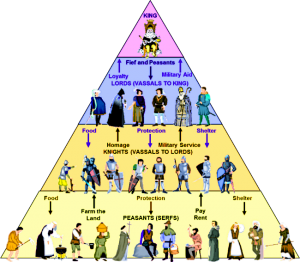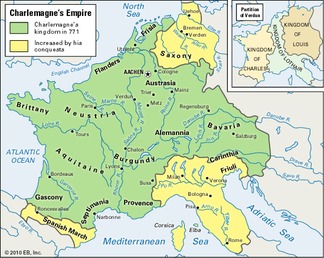

509–27 BCE) had a mixed constitution of oligarchy, democracy and especially aristocracy. 550–371 BCE) was a militaristic polis with a remarkable mix between monarchy ( dual kingship), aristocracy ( Gerousia) and democracy ( Apella) the Roman Republic (c. Athenian democracy (6th century–322 BCE) is the best-known example of the latter form classical Sparta (c.
#FEUDAL KINGDOMS WESTERN EUROPE FREE#
Next, in almost all poleis tyrants usurped power for two generations ( tyranny, 7th and especially 6th century BCE), after which gradually forms of governments led by the wealthy ( oligarchy) or assemblies of free male citizens (democracy) emerged in Classical Greece (mainly after 500 BCE). After the demise of kingship, the Greek city-states were initially most often led by nobility ( aristocracy), after which their economic and military power base crumbled. 750–500 BCE), kingship disappeared in almost all Greek poleis, and also in Rome (then still a barely significant town). Since the beginning of antiquity, monarchy confronted several republican forms of government, wherein executive power was in the hands of a number of people that elected leaders in a certain way instead of appointing them by hereditary succession.

The Pnyx, as meeting place the heart of Athenian democracy. The ascent of republicanism to the political mainstream started only at the beginning of the 20th century, facilitated by the toppling of various European monarchies through war or coups d'etat as at the beginning of the 21st century, most of the states in Europe are republics with either a directly or indirectly elected head of state. Currently six of the twelve monarchies are members of the European Union: Belgium, Denmark, Luxembourg, the Netherlands, Spain and Sweden.Īt the start of the 20th century, France, Switzerland and San Marino were the only European nations to have a republican form of government. the political organisation Republic in the United Kingdom). There is currently no major campaign to abolish the monarchy (see monarchism and republicanism) in any of the twelve states, although there is a small minority of republicans in many of them (e.g. The exceptions are Liechtenstein and Monaco, which are usually considered semi-constitutional monarchies due to the large influence the princes still have on politics, and Vatican City, which is an absolute monarchy. Most of the monarchies in Europe are constitutional monarchies, which means that the monarch does not influence the politics of the state: either the monarch is legally prohibited from doing so, or the monarch does not utilize the political powers vested in the office by convention. Ten of these monarchies are hereditary, and two are elective: Vatican City (the Pope, elected at the papal conclave), and Andorra (technically a semi-elective diarchy, the joint heads of state being the elected President of France and the Bishop of Urgell, appointed by the Pope). The State of the Vatican City was recognized as a sovereign state administered by the Holy See in 1929. Liechtenstein, the Netherlands, Belgium, and Luxembourg were established or gained independence through various methods during the Napoleonic Wars. Denmark, Norway, Sweden, the UK, Spain, and Andorra are the successors to premodern monarchies. The monarchies can be divided into two broad classes: premodern states and those that gained their independence during or immediately after the Napoleonic Wars. Vatican City is a theocratic elective monarchy ruled by the Pope.

Andorra, Liechtenstein, and Monaco are principalities, while Luxembourg is a Grand Duchy.

Seven are kingdoms: Denmark, Norway, Sweden, the United Kingdom, Spain, the Netherlands, and Belgium. There remain, as of 2022, twelve sovereign monarchies in Europe. Since the end of World War I, however, most European monarchies have been abolished. Republicanism became more prevalent in the Early Modern period, but monarchy remained predominant in Europe during the 19th century. Monarchy was the prevalent form of government in the history of Europe throughout the Middle Ages, only occasionally competing withĬommunalism, notably in the case of the Maritime republics and the Swiss Confederacy. A map of Europe showing monarchies (red) and republics (blue).


 0 kommentar(er)
0 kommentar(er)
